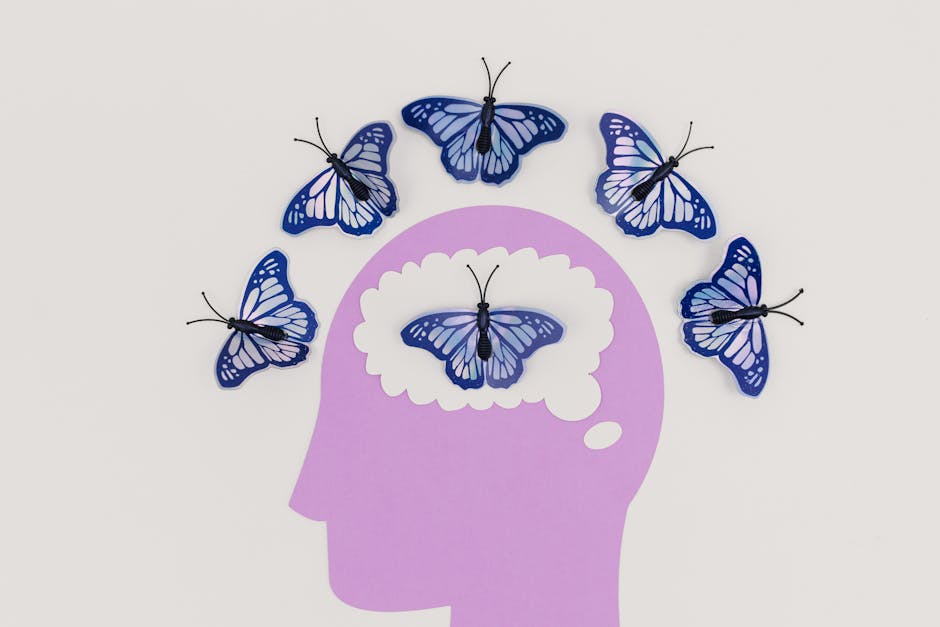
Neuroplasticity and Cognitive Enhancement
Neuroplasticity and cognitive enhancement are two aspects that significantly contribute to our understanding of the human brain and its capabilities. Neuroplasticity refers to the brain's ability to reorganize and form new connections throughout our lives, allowing us to learn and adapt to new experiences.
Cognitive enhancement, on the other hand, involves the use of various techniques and strategies to improve cognitive processes such as memory, attention, and problem-solving. By understanding the relationship between neuroplasticity and cognitive enhancement, we can unlock the full potential of our brain.
Research has shown that engaging in activities that promote neuroplasticity, such as learning new skills or practicing mindfulness, can lead to significant cognitive improvements. These activities stimulate the growth of new neurons and strengthen existing connections, enhancing our ability to learn, think critically, and retain information.
Furthermore, cognitive enhancement techniques, such as brain-training exercises and neurofeedback, target specific cognitive functions to improve performance. By harnessing the principles of neuroplasticity, these techniques help reshape neural pathways and optimize brain function.
It is worth noting that neuroplasticity and cognitive enhancement go hand in hand. When we actively engage in activities that promote neuroplasticity, we create an environment for cognitive enhancement. Likewise, by enhancing our cognitive abilities, we further stimulate neuroplasticity, creating a positive feedback loop for continuous improvement.
In conclusion, neuroplasticity and cognitive enhancement are integral to understanding the capabilities of the human brain. By appreciating the relationship between these two concepts, we can take deliberate steps to enhance our cognitive abilities, leading to improved learning, memory, and problem-solving skills.
